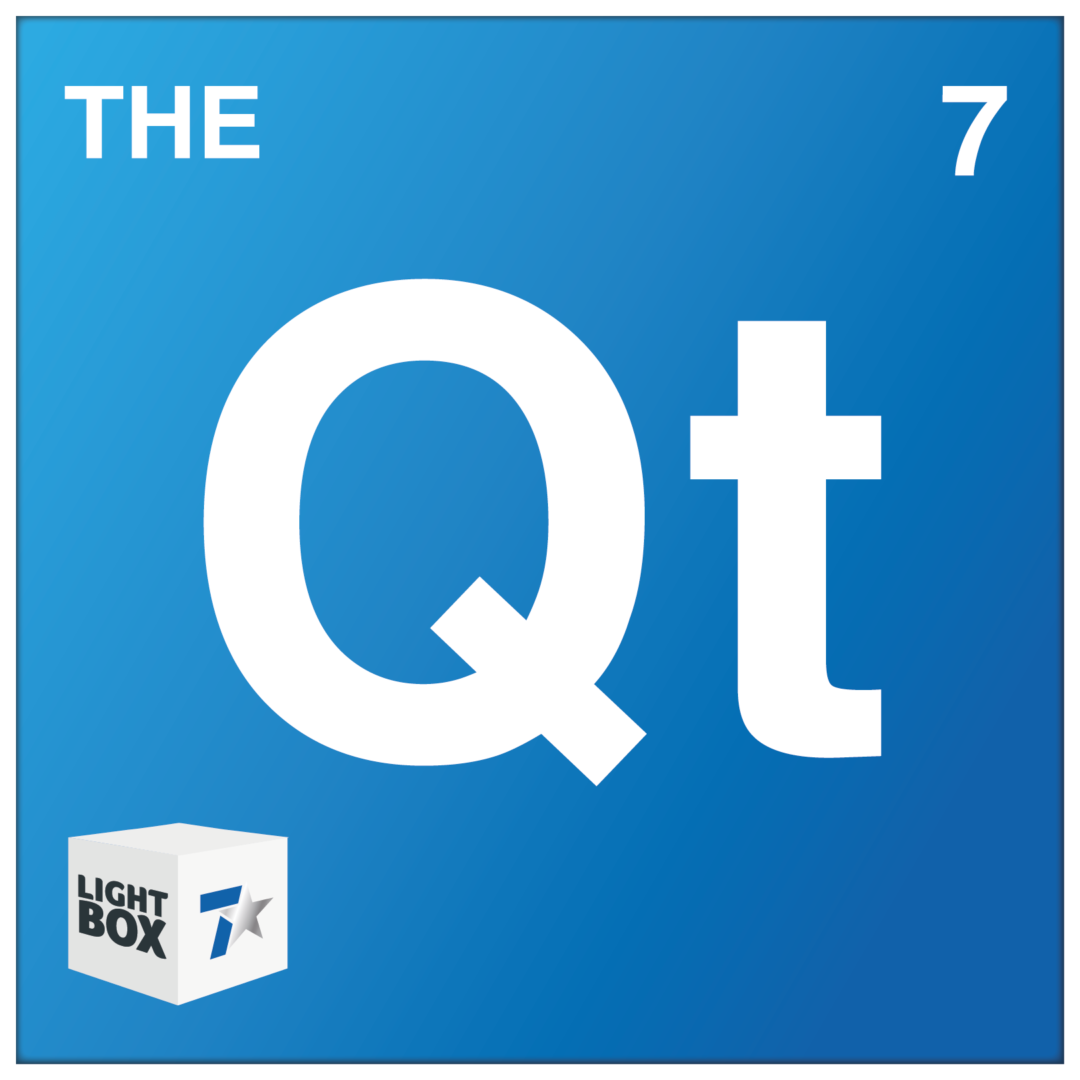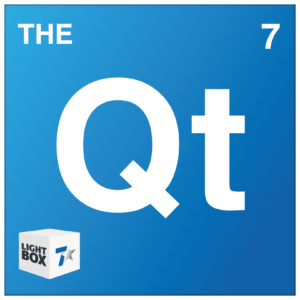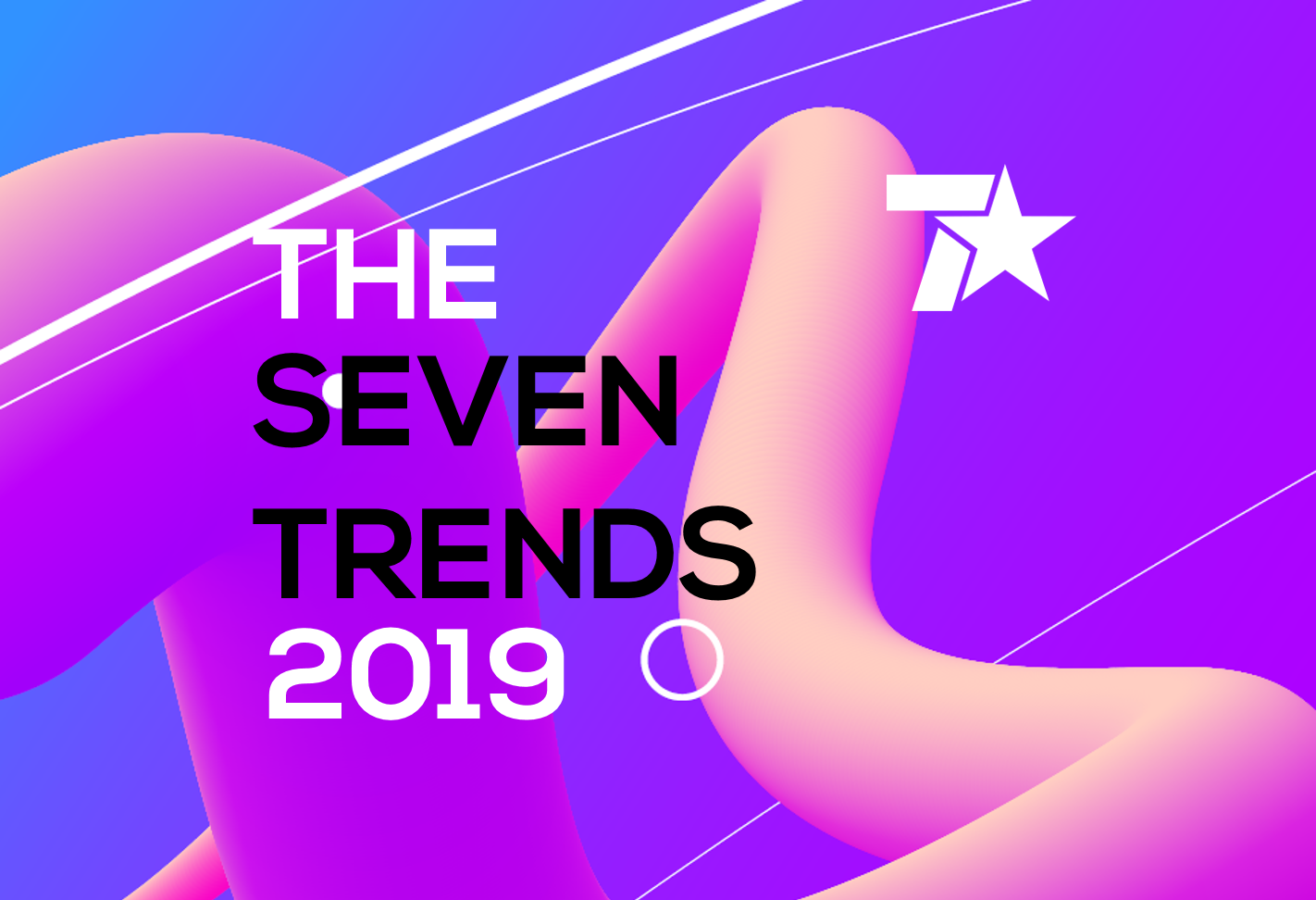
Having won Gold at the WARC awards in 2018, Suzuki and the7stars stepped it up a gear to take out the Grand Prix for Partnerships in 2019. With a new model to launch and an entirely new audience to reach, the7stars demonstrated what to do when content is king, but not fit for a queen…
Sadly, when it comes to marketing cars to women the automotive market will often turn to a collection of patronising stereotypes.
Our research found that much like men of their age, 20-something women are looking for adventure, independence and achievement. Initially we sought to put the Ignis at the heart of content which celebrates adventure, independence and achievement among young women, but to our surprise there was nothing which fitted the bill. So we created our own.
We set out to create content which better reflected the audience’s life stage, and place Suzuki at its heart. Working with the E4 Commissioning team, we collaborated to create a brand-new TV format – All Star Driving School. A peak-time TV show that serialised the trials of learning to drive, but ultimately showing the adventure and independence a first-time car can grants its owner.
By completely integrating the Suzuki Ignis into a TV series which promoted these values, and then amplifying the spirt of our partnership to 86% of young women in the UK, we showed the industry how it should be done. And sold a load of cars in the process.
All this was achieved without a pink car in the range. Fancy that.










Recent Comments